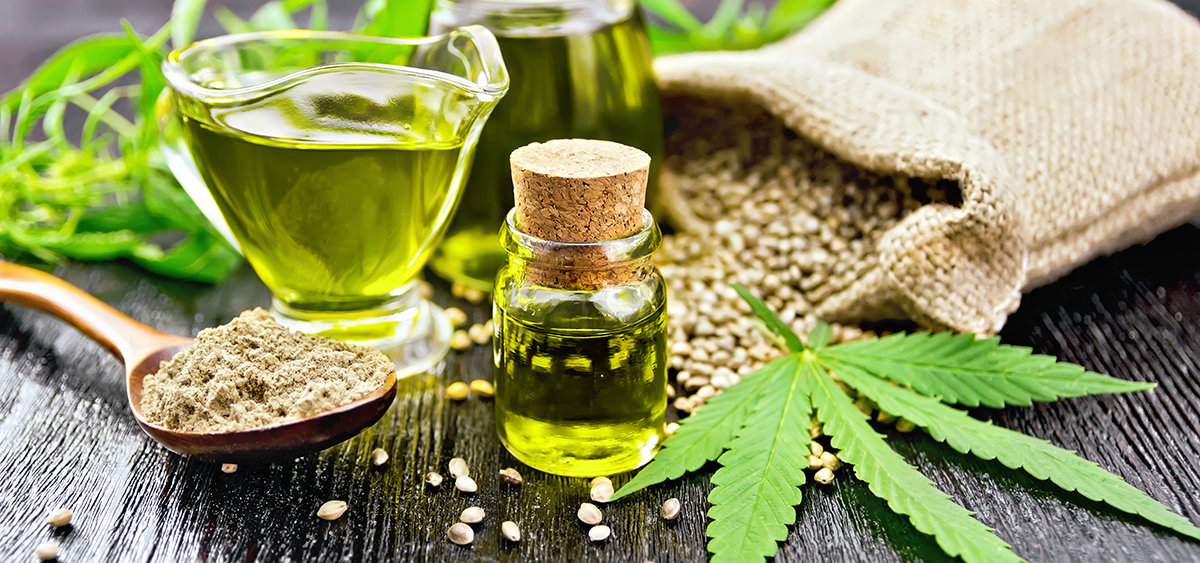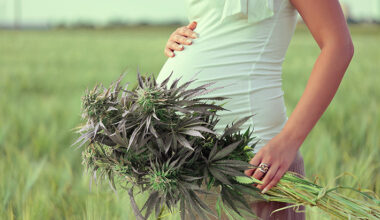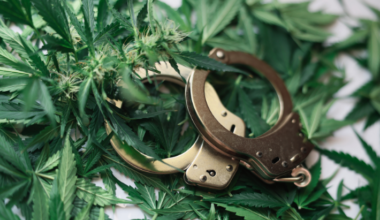Marijuana is best known for its psychoactive effects. So, how did this high effect happen?
How do you ensure your marijuana is of the highest quality? It all starts with the seeds—a mature cannabis seed.
To grow the best marijuana, you must first know how to identify quality seeds. Good genetics start quality cannabis. Begin with mature cannabis seeds from Seed Supreme.
You should save seeds from a successful strain or growing season for future use.
This article will cover the basics of seed selection. Keep reading.
How to Grow the Best Weed
To grow the best weed, you must first understand what determines the best seeds, why genetics make certain weed plants superior to others, and how to select the best cannabis seeds with high thc.
THC, or Delta-9 tetrahydrocannabinol, is the primary component of marijuana that contributes to the high feeling experienced by smokers.
This is a little deceptive for two reasons. To begin, some THCs, such as Delta-8, are not Delta-9. Second, THC is not the only chemical that causes a high.
Other chemicals, known as cannabinoids, contribute to the sensation.
Cannabinoids are the psychoactive ingredients that cause the feeling of being high. They include all variations of THC. The tricky thing about marijuana is that no one can define the best or most potent combination. Even scientists are baffled as to which combination of cannabinoids is the most potent.
This is mainly because the “high” sensation produced by marijuana cannot be measured externally – it can only be described by the person experiencing it.
As a result, any evidence about correlations between different chemical combinations and different types or strengths of highs is subjective.
Even if they take the same amount of the same plant as someone else, each person’s experience is unique.
People can experience emotions (usually euphoria, joy, paranoia, sleepiness, or clarity of thought), even if they consume the same amount and type of weed.
The best genes produce the best weed.
While there is still some variation between seeds, even within the same strain, a lot depends on the growing environment and the care you give your plants.
Growing your weed is a very rewarding experience. It will take some trial and error, and you will have to overcome some inevitable failures, but it will be even more rewarding when you finally succeed.
The Source Is Always Important
You can get your seeds from the following places:
- A bag of weed
- A seasoned grower
- A seedbank
For most new growers, the first step is to extract seeds from large commercially purchased bags of cannabis.
This is most likely the simplest way to obtain seeds but be aware that cannabis has already been heavily processed and packaged.
Huge amounts of bud are dried and cured in bulk, then snipped and stuffed into large vacuum-sealed bags.
Growing marijuana is undeniably unpredictable unless you are already intimately familiar with the mature plants from which your seeds or clones were derived.
This is why it is critical to seed or clones your best quality plant, as this will allow you to guarantee the quality of the next crop.
Knowledge of the source is also one of the reasons why experienced growers have better harvest results.
They frequently select the best cannabis plants from a single strain and save the seeds for harvest the following season. They now have a better understanding of the plant from which their seeds were derived, and they can also improve their care of the same type of plant.
Aren’t Seeds a Bad Thing?
Cannabis cultivation is all about your personal goals. Want a bumper crop? You’ll want to breed the best weed using seeds.
Sinsemilla means “without seed” in Spanish. It describes female cannabis plants that mature without male pollen fertilization. When pollinated by the male plants, your female plants can be found as far as a mile away!
So why not pollinate your female marijuana plants? Pollination means the plants will produce seeds instead of flowers.
It’s natural selection. Because seed production is essential for reproduction, a female marijuana plant will prioritize it over all other growth aspects.
Marijuana will benefit from this, but smokers will not. Sinsemilla marijuana produces a more resinous bud because there are no seeds to compete for valuable flowering space.
But making seeds isn’t all bad for the smoker. If a crop is particularly tasty or potent, it must be allowed to seed. Store and label seeds properly to determine which seeds produced the best crop and should be avoided.
Save seeds that produce tall plants or sweet buds in the following growing season.
Treat seeds from plants you want to preserve with extra care, as they are your best chance of harvesting the best product.
Why Grow Weed from Seeds
Some people are afraid of growing marijuana from seeds. The initial results may not be as expected – this is normal and will improve with time and practice.
You need to study and practice if you haven’t grown anything other than potted house plants or flowers on your window sill before.
Keep at it, and you’ll be an expert in a few growing seasons.
While research and preparation are important, they cannot replace experience.
Trying clones instead of seeds may be tempting as you learn and develop your skills. But watch out.
Variations in growth, maturation, and flowering rate exist. Growing one Sativa may be very different from increasing another Sativa.
Also, you never know what you’ll grow. When growing from clones to another grower, your clone may inherit their issues.
Where to Buy Cannabis Seeds
Buying seeds from a seed bank like Seed Supreme gives you a better idea of quality, yields, appearance, and bloom time.
Plus, starting with new seeds reduces the risk of disease or pest infestation. Learn why growing weed from seed is best.
Growing from seeds is guaranteed. You’ll be proud of your weed stash in the freezer.
You can smoke marijuana confidently, knowing exactly what you’re putting into your body and where it came from.
Medical Disclaimer:
The information provided in these blog posts is intended for general informational and educational purposes only. It is not a substitute for professional medical advice, diagnosis, or treatment. Always seek the advice of your physician or other qualified healthcare provider with any questions you may have regarding a medical condition. The use of any information provided in these blog posts is solely at your own risk. The authors and the website do not recommend or endorse any specific products, treatments, or procedures mentioned. Reliance on any information in these blog posts is solely at your own discretion.






